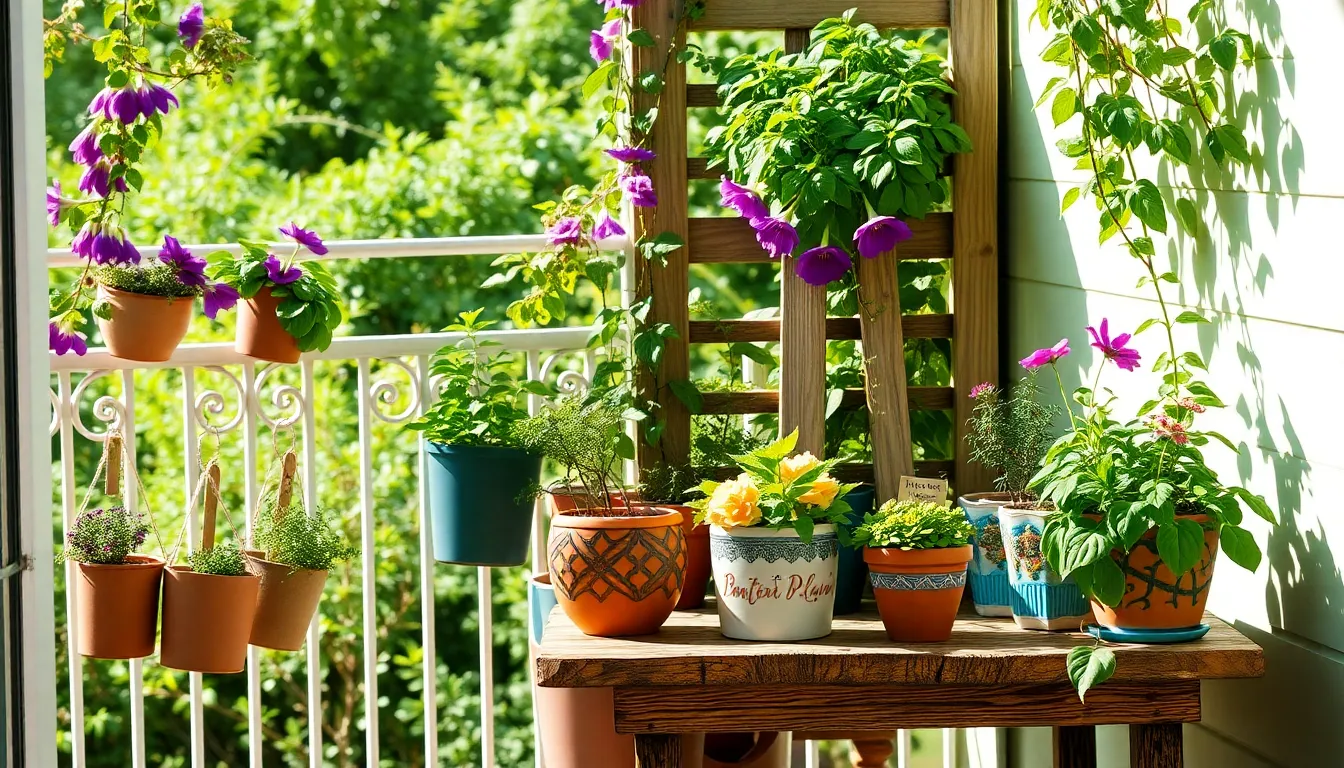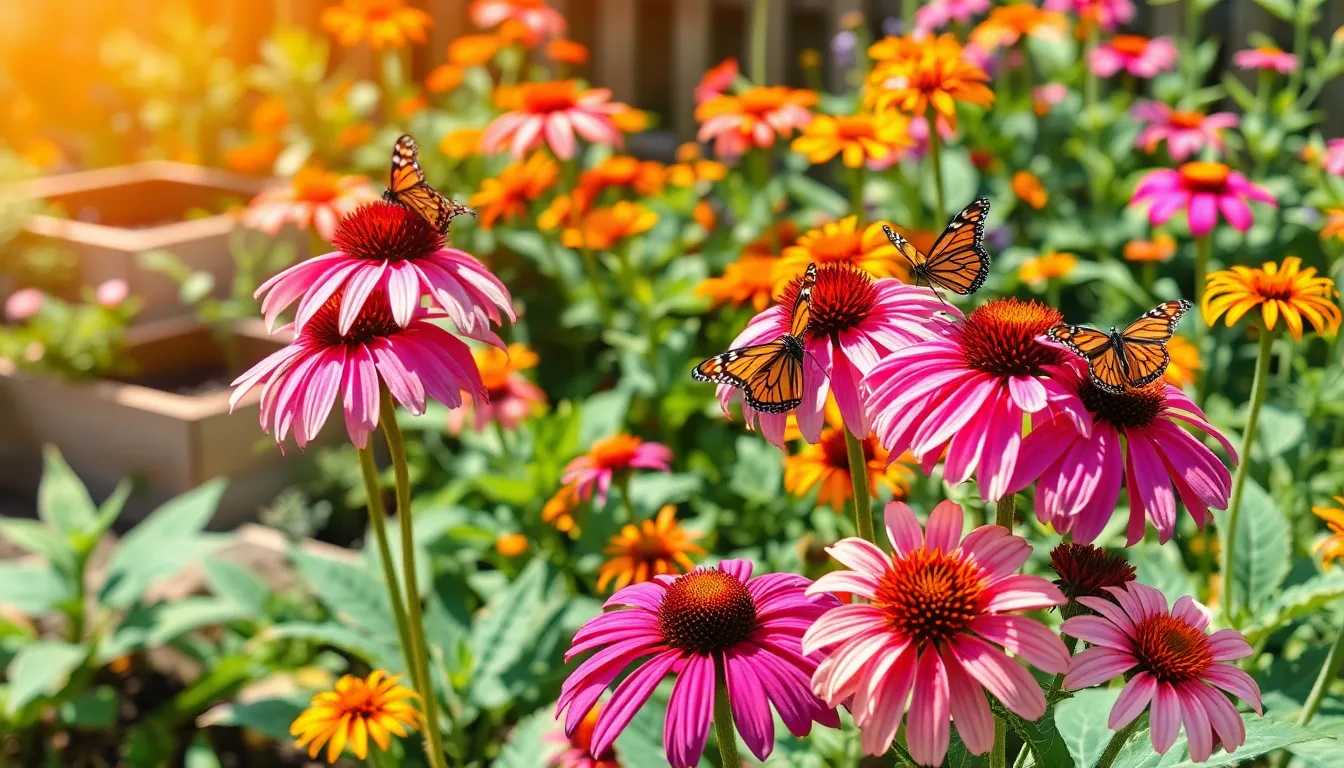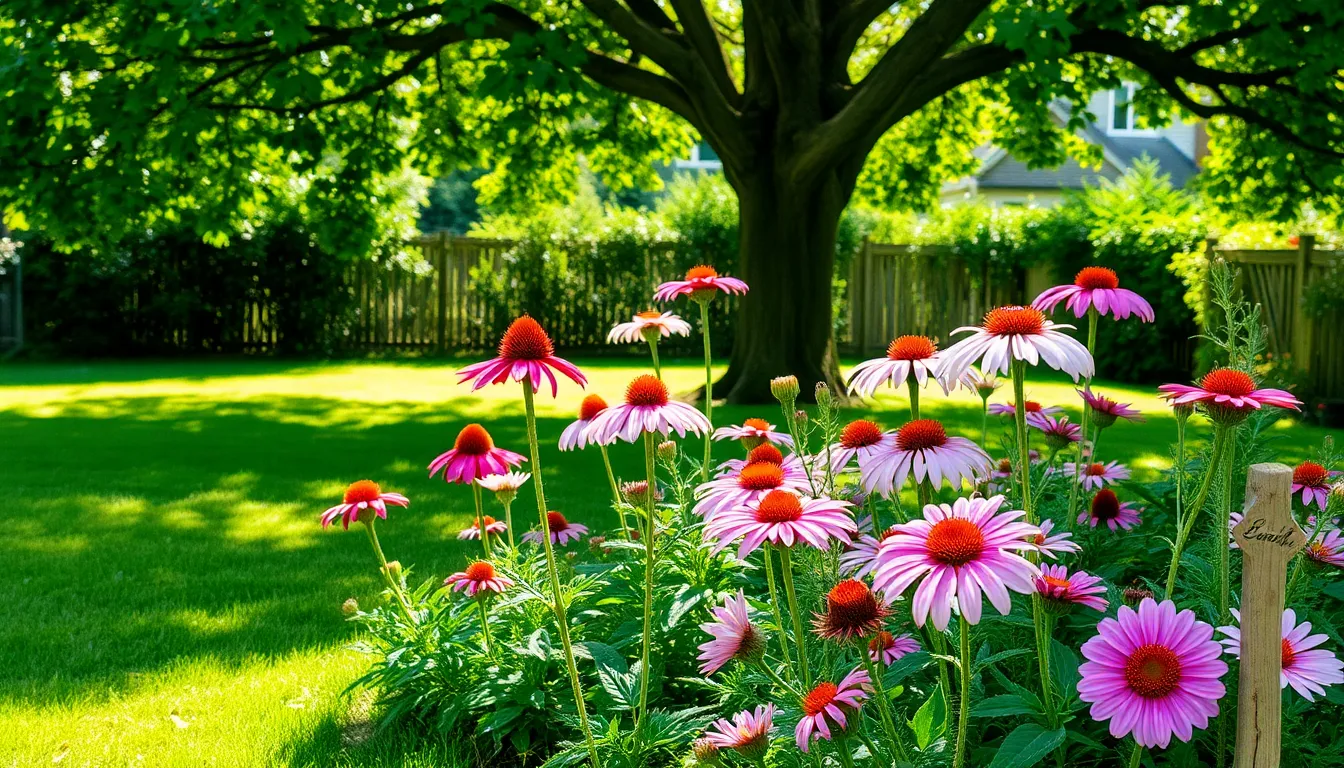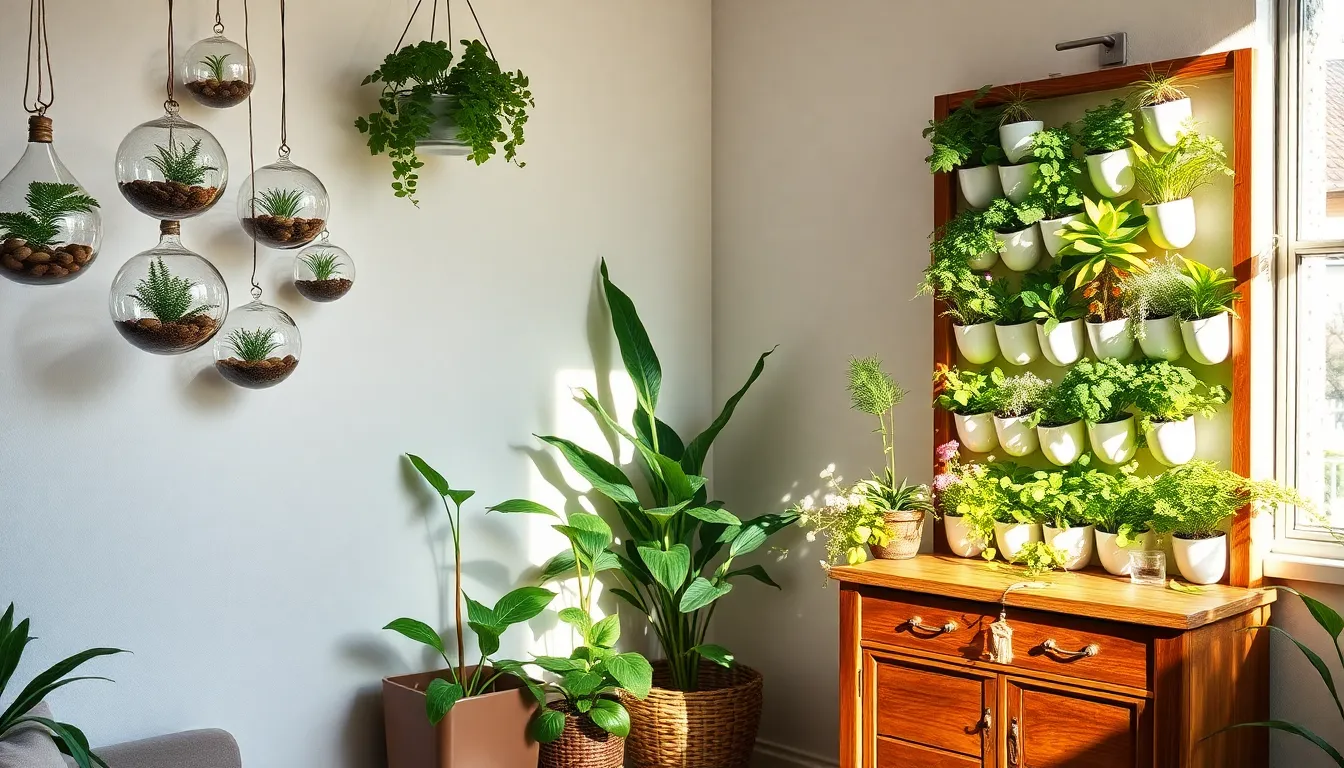Gardening is a joyful dance with nature, and even the smallest spaces can become a vibrant canvas for your green creativity. Whether you’re a newcomer with a single windowsill or a seasoned green thumb looking to transform a tiny balcony, this guide to “10 Creative Garden Ideas for Limited Spaces” offers a treasure trove of inspiration and practical techniques to unleash your inner gardener.
Imagine turning your compact area into a lush paradise, where each plant not only thrives but also brings you closer to nature’s wonders. These innovative garden designs are not just about aesthetics; they’re about maximizing your space’s potential to cultivate beauty and bounty, enriching your life with fresh herbs, vibrant blooms, and even the occasional juicy tomato. With a sprinkle of imagination and a dash of practical advice, you’ll find that a limited space is not a limitation—it’s an opportunity to create a living masterpiece.
Utilize Vertical Garden Structures
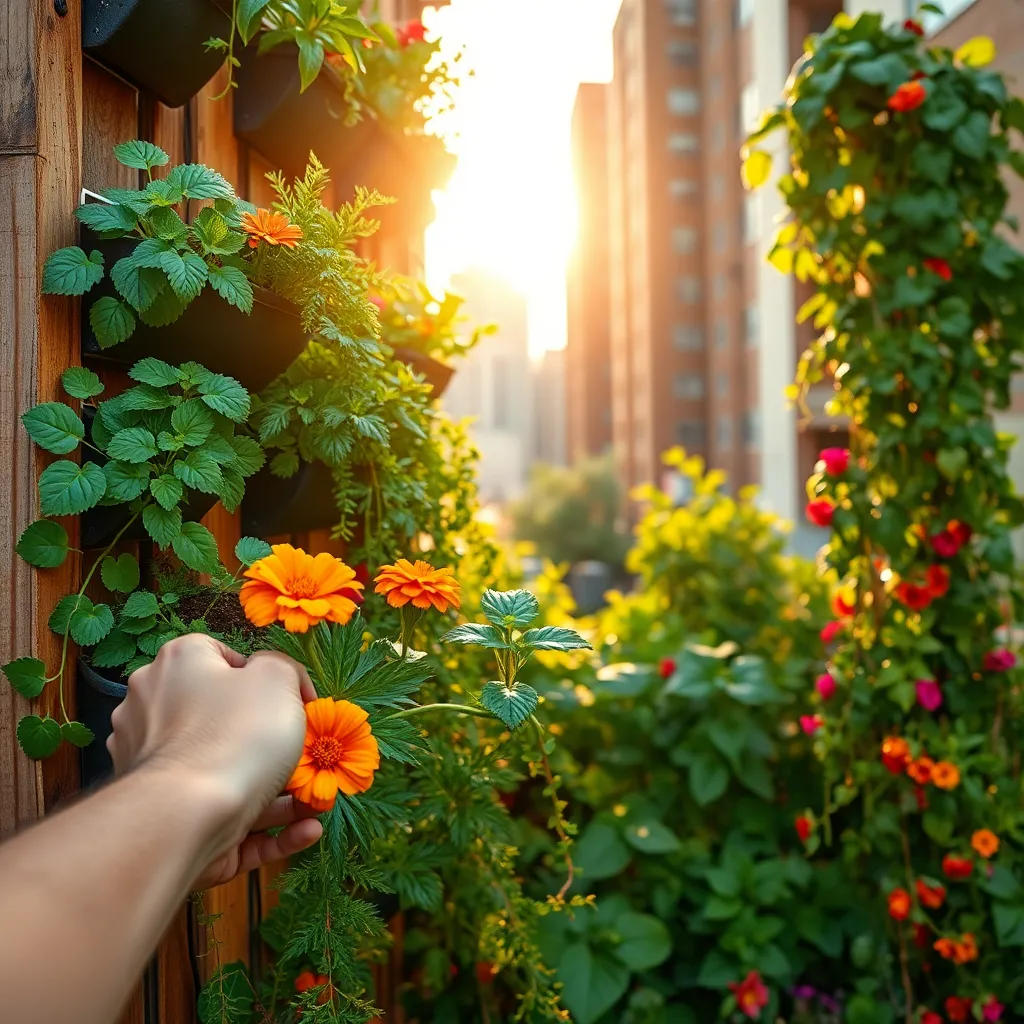
Vertical garden structures are a fantastic way to maximize space in a small garden. By growing plants vertically, you can create a lush and productive garden without the need for a large footprint.
Consider using trellises, wall planters, or stacked containers to make the most of vertical space. These structures are not only space-efficient but also add visual interest and height to your garden.
For beginners, start with easy-to-grow plants like peas, beans, or cucumbers, which naturally climb and thrive on trellises. Ensure your chosen plants receive adequate sunlight and are supported with sturdy structures to prevent damage from wind or weight.
Advanced gardeners might experiment with espalier techniques, training fruit trees or other woody plants to grow flat against a wall. This method requires careful pruning and tying, but it can yield a high fruit production in a surprisingly small area.
When using vertical structures, choose a well-draining soil mix that retains moisture but doesn’t become waterlogged, especially in containers or wall planters. Regular watering is crucial, as vertical gardens tend to dry out faster than traditional ones, but be cautious of overwatering.
- Tip for success: Use a drip irrigation system to ensure consistent moisture levels.
- Advanced tip: Incorporate companion planting to maximize space and improve plant health.
Incorporate Hanging Planters
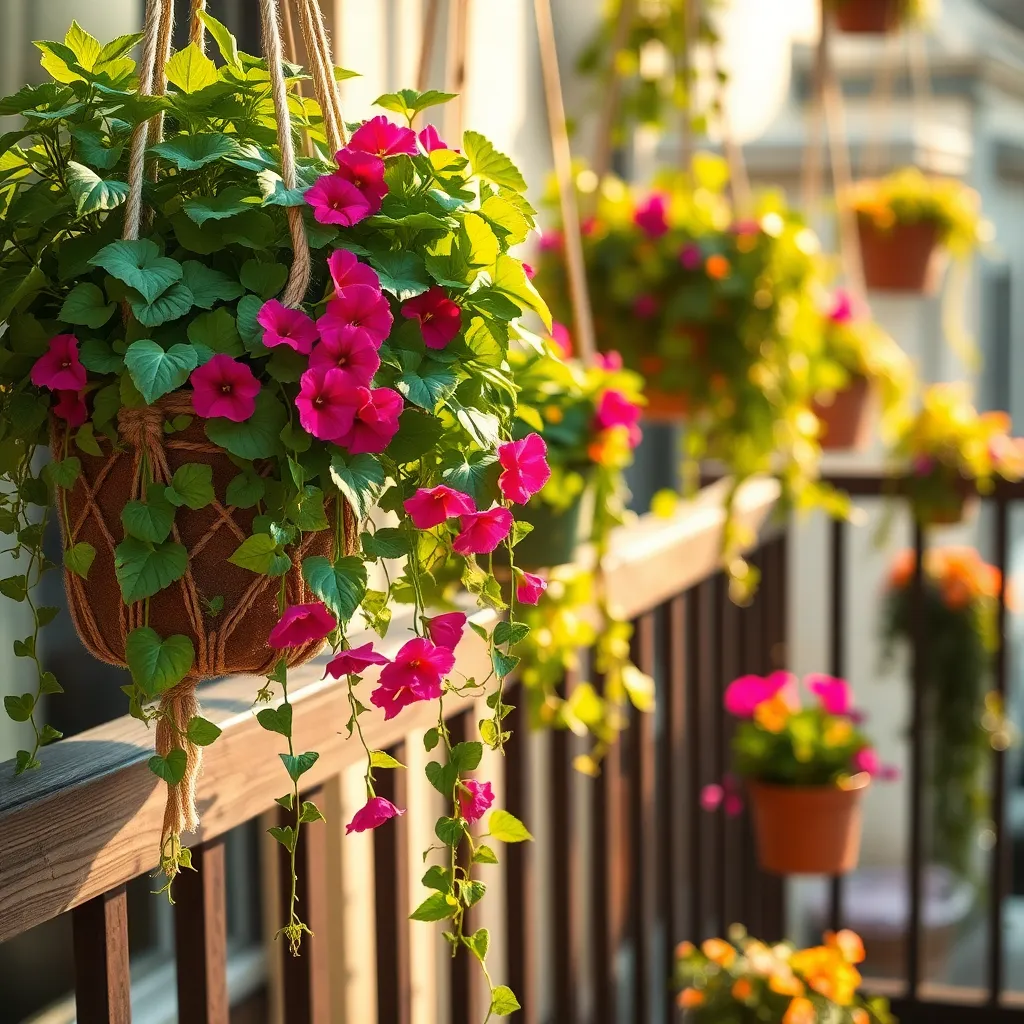
Hanging planters are a fantastic way to add greenery to small spaces without compromising on style. These versatile containers can be suspended from ceilings, balconies, or even sturdy wall hooks, allowing you to utilize your vertical space effectively.
When selecting plants for hanging planters, opt for varieties that thrive in the conditions of your chosen location. Trailing plants like pothos or ivy are excellent choices for indoor spaces with indirect light, while succulents work well outdoors in sunny spots.
Use a lightweight potting mix specifically designed for container gardening to ensure good drainage and root health. It’s important to monitor the moisture level closely, as hanging planters tend to dry out faster than ground-based pots, necessitating more frequent watering.
For those looking to get creative, consider incorporating a mix of flowering plants and herbs to add both color and utility to your hanging arrangements. Mint, basil, and strawberries are some great options that thrive in hanging planters and can be easily accessed for culinary use.
Advanced gardeners might want to experiment with installing a simple drip irrigation system for their hanging planters, ensuring consistent moisture levels. This technique minimizes the risk of overwatering and makes maintenance much easier, especially in warmer months.
Opt for Multi-Tiered Plant Stands
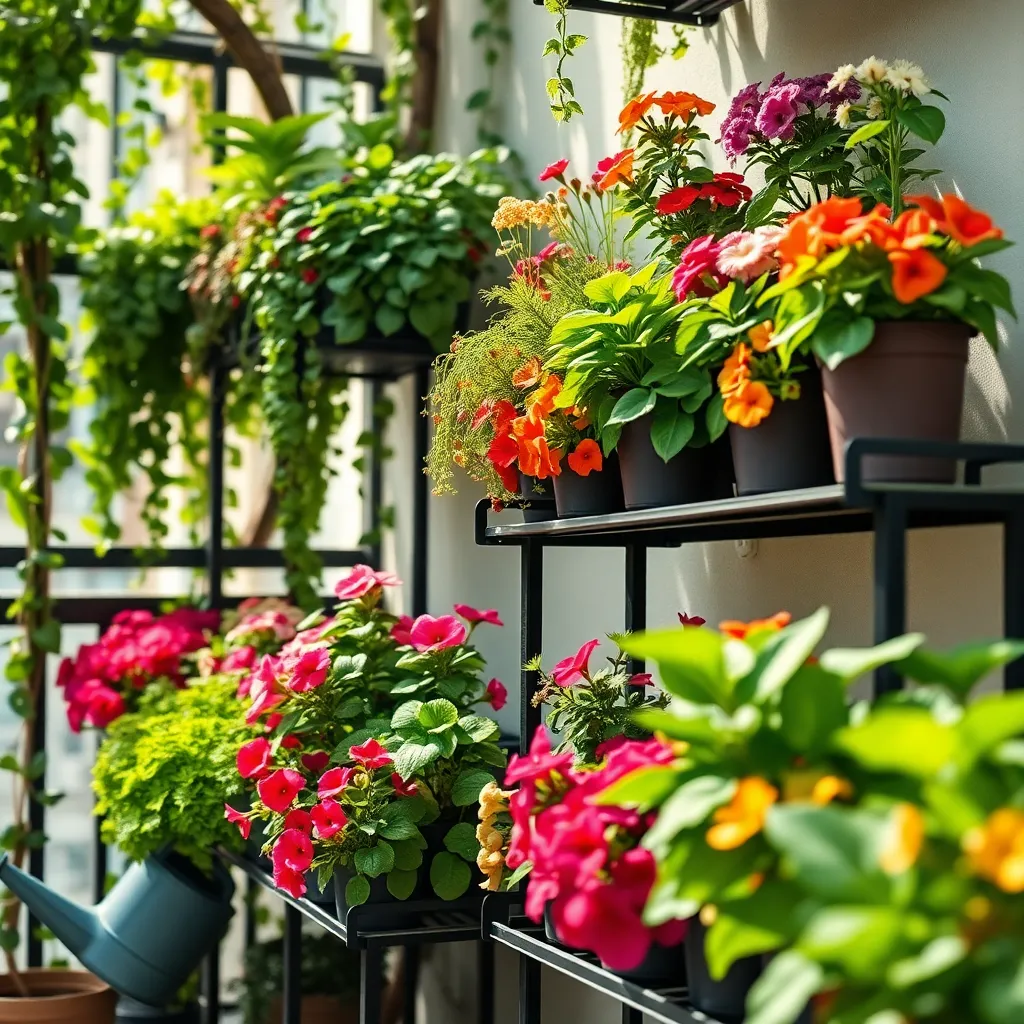
Multi-tiered plant stands are an excellent way to maximize your vertical space, making them ideal for small gardens or balconies. By stacking plants, you not only save space but also create a visually appealing display that draws the eye upward.
When selecting a plant stand, choose one that suits your aesthetic and is sturdy enough to support the weight of your chosen plants. Opt for stands made from durable materials like metal or treated wood, which can withstand outdoor conditions.
Consider the light requirements of your plants when arranging them on the stand; place sun-loving plants on the top tiers and shade-tolerant ones on the bottom. This arrangement ensures that each plant receives the appropriate amount of sunlight, promoting healthy growth.
Watering can be tricky with multi-tiered stands, as water may trickle down to the lower tiers. To manage this, ensure that each pot has good drainage and use a watering can with a narrow spout for precision.
Create Window Box Gardens
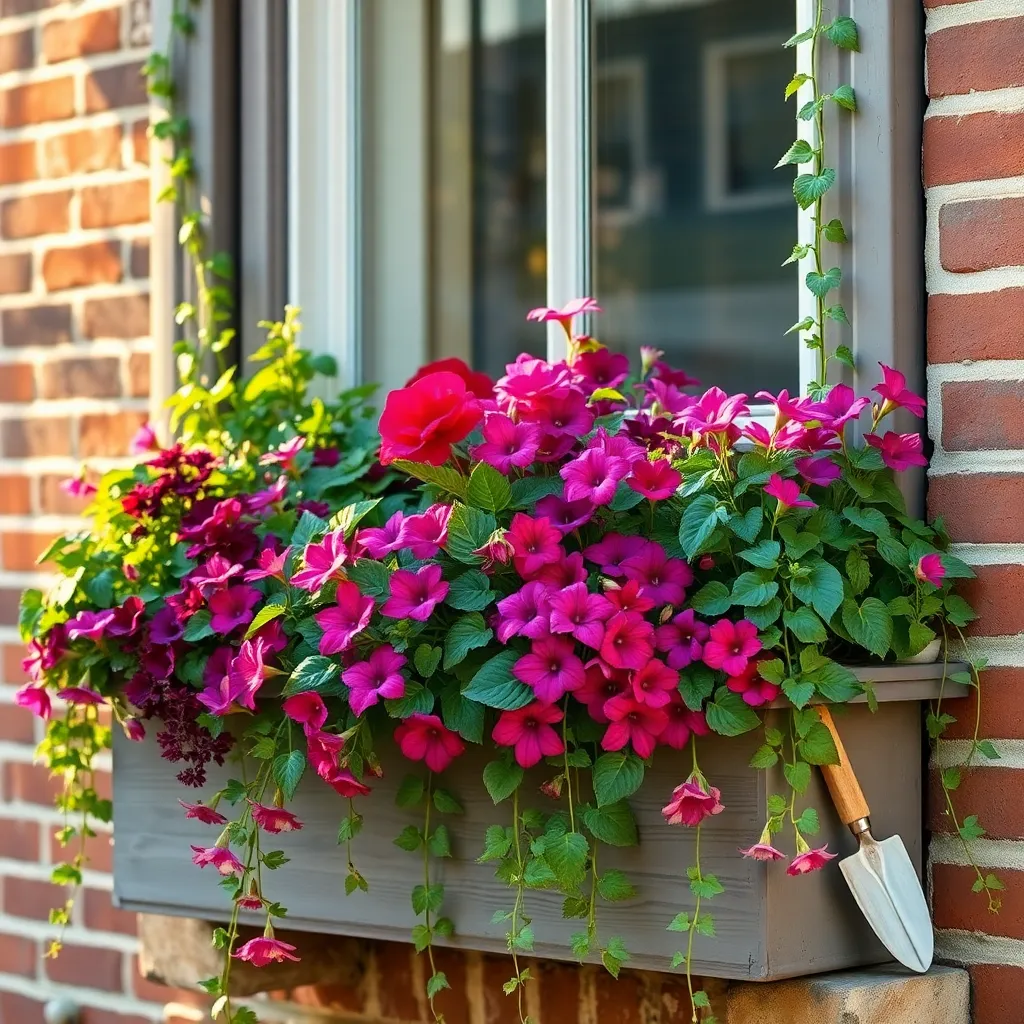
Window box gardens are a fantastic way to utilize vertical space and bring greenery to your home. They can be easily mounted on windowsills, balconies, or railings, making them perfect for small spaces.
When selecting plants for your window boxes, consider a mix of trailing, upright, and filler plants to create a lush and layered look. Choose plants with similar light and water requirements to ensure they thrive together.
It’s important to use a high-quality potting mix that provides adequate drainage and nutrients. Regular watering is essential, especially in sunny locations, so check soil moisture daily to keep your plants healthy.
For beginners, start with hardy plants like geraniums, petunias, or herbs, which are easy to maintain and provide vibrant color. More experienced gardeners might experiment with succulents or seasonal bulbs for a dynamic display.
Install Wall-Mounted Planters
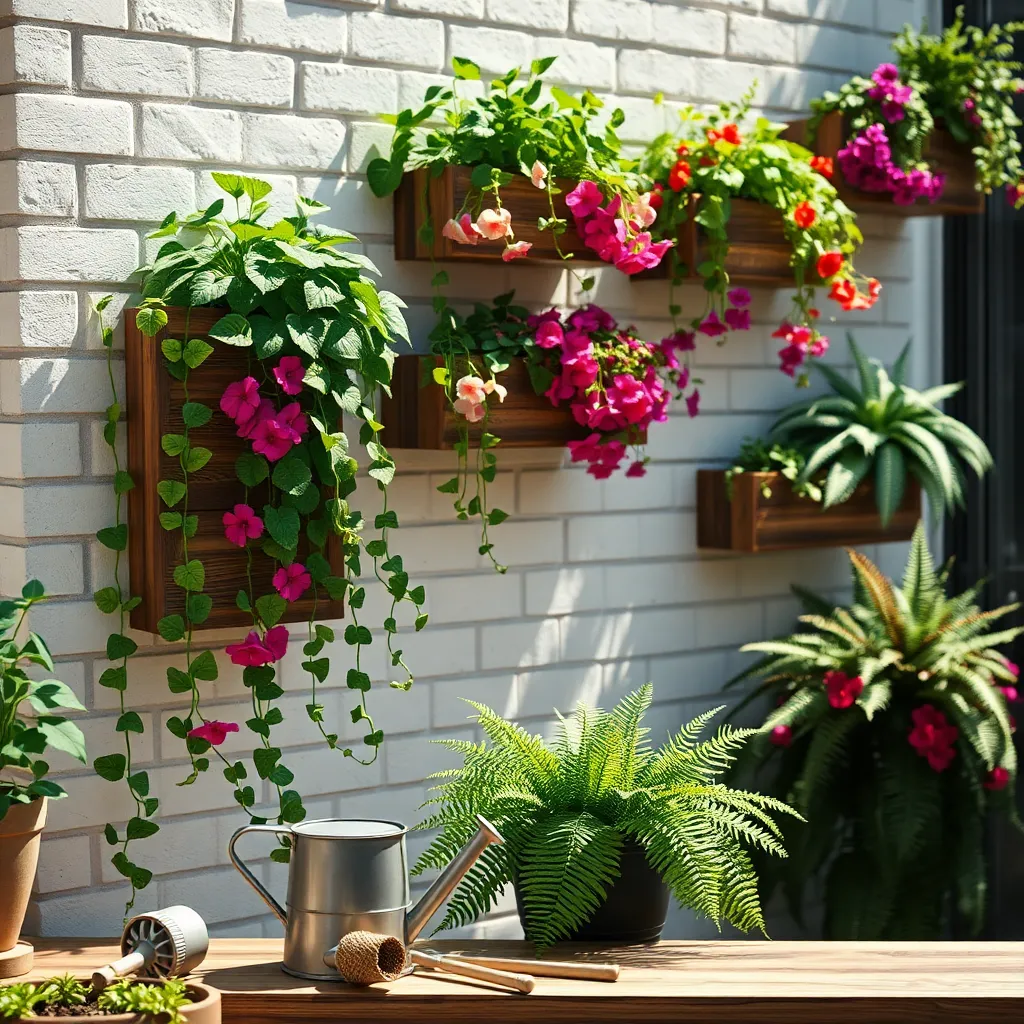
Wall-mounted planters offer an excellent solution for gardeners with limited ground space. They allow you to utilize vertical areas, turning bare walls into lush, green vistas. Choose sturdy planters that can be securely fixed to your walls, ensuring they can handle the weight of the soil and plants. For beginners, consider lightweight options like fabric pockets or plastic containers, which are easier to manage and install.
When selecting plants for your wall-mounted garden, opt for species that thrive in limited soil volumes. Herbs like mint, basil, and thyme are perfect for these planters due to their shallow root systems and resilience. For those with some gardening experience, try experimenting with trailing plants such as ivy or creeping jenny, which can create a stunning cascading effect. These plants not only add visual interest but also require minimal maintenance once established.
Installation is straightforward, but ensure you have the right tools and hardware. Use a level to ensure your planters are mounted evenly, which is crucial for water distribution and plant health. Regularly monitor the moisture levels in your planters, as wall-mounted options can dry out faster than ground-level gardens. A drip irrigation system can be an advanced solution for consistent watering, particularly if your planters are difficult to reach.
Soil choice is critical for the success of your vertical garden. Opt for a lightweight, well-draining potting mix enriched with organic matter to support healthy plant growth. Fertilize regularly to ensure your plants receive the necessary nutrients, as wall-mounted planters can deplete soil nutrients more rapidly. With a bit of planning and care, your wall-mounted garden can become a thriving, beautiful feature in your outdoor space.
Choose Compact Plant Varieties
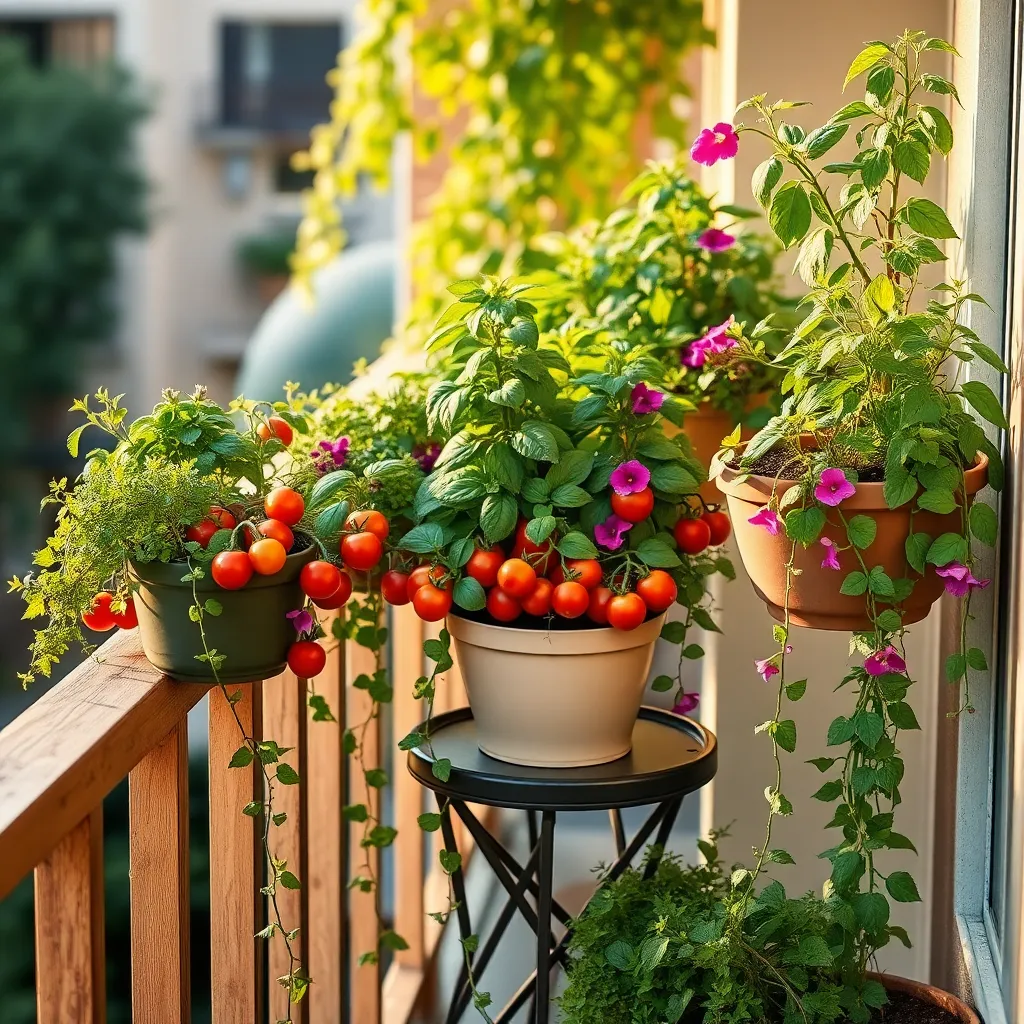
When space is at a premium, opting for compact plant varieties can maximize your gardening potential. These plants are specially bred to thrive in limited spaces, making them ideal for container gardening on balconies or small patios.
Consider choosing dwarf vegetable varieties like ‘Patio Princess’ tomatoes or ‘Husky Red’ cherry tomatoes, which are perfect for small gardens. These plants require full sun and well-draining soil, ensuring they have the right conditions to flourish in pots.
For flower enthusiasts, compact options such as dwarf zinnias and marigolds provide vibrant colors without taking up too much room. Plant them in a sunny spot, and water consistently, allowing the top inch of soil to dry out between waterings to prevent root rot.
Advanced gardeners can experiment with bonsai trees, which offer a unique and artistic element to small garden spaces. Bonsai require careful attention, such as regular pruning and wiring, and prefer a mix of akadama, pumice, and lava rock for optimal growth.
Use Stackable Pots
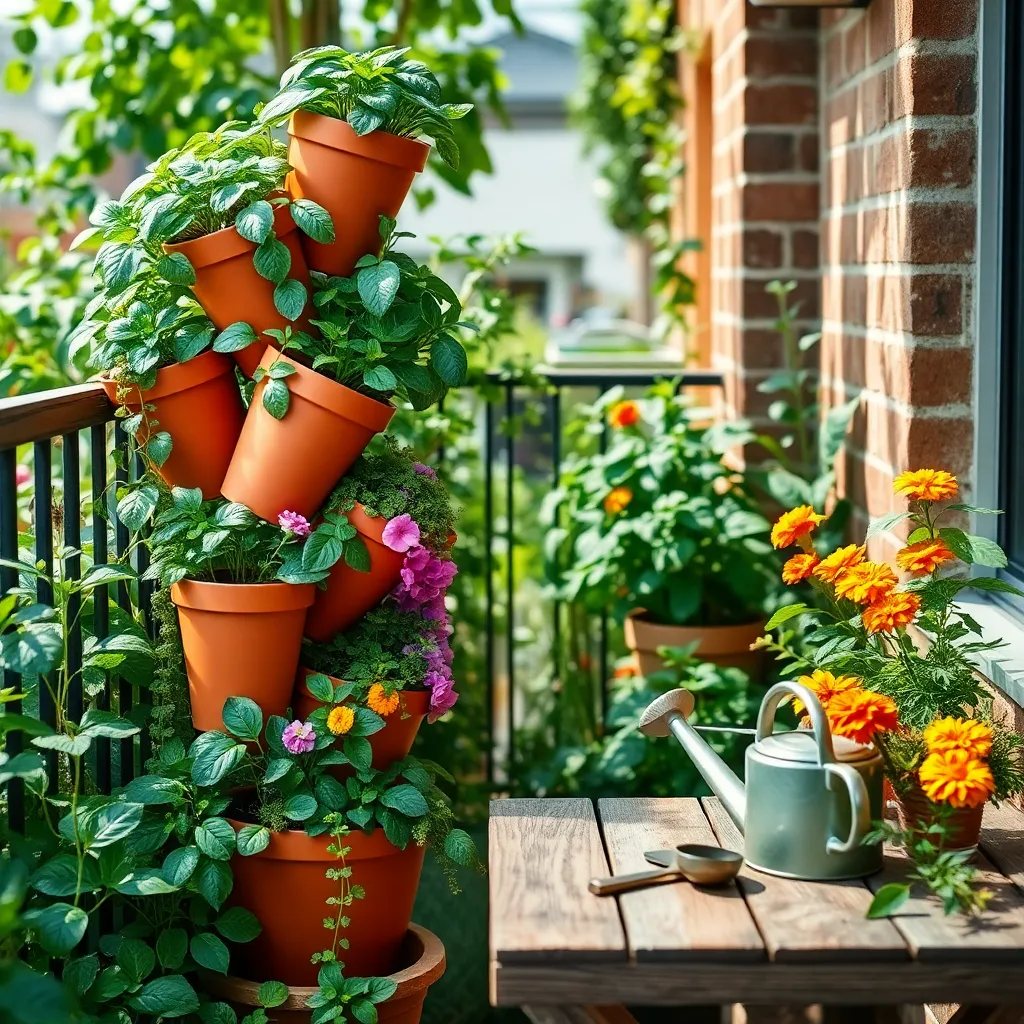
Stackable pots are an excellent way to maximize vertical space in small gardens, allowing you to grow more plants in a compact area. These pots can be easily configured to fit various spaces, such as balconies, patios, or small backyards, making them a versatile choice for urban gardeners.
Begin with plants that thrive in confined spaces, like herbs, strawberries, or succulents. Ensure the pots have adequate drainage to prevent root rot, which is essential for maintaining healthy plants, especially in stacked arrangements.
Use a high-quality potting mix that retains moisture while providing good drainage, such as a combination of peat moss, perlite, and compost. Regularly check the moisture level, as stacked pots can dry out faster, especially the top layers exposed to direct sunlight.
For more advanced gardeners, consider incorporating a drip irrigation system into your stackable pot setup. This system can help maintain consistent moisture levels, reducing the need for frequent watering and ensuring your plants remain healthy even during dry spells.
Craft Pallet Gardens
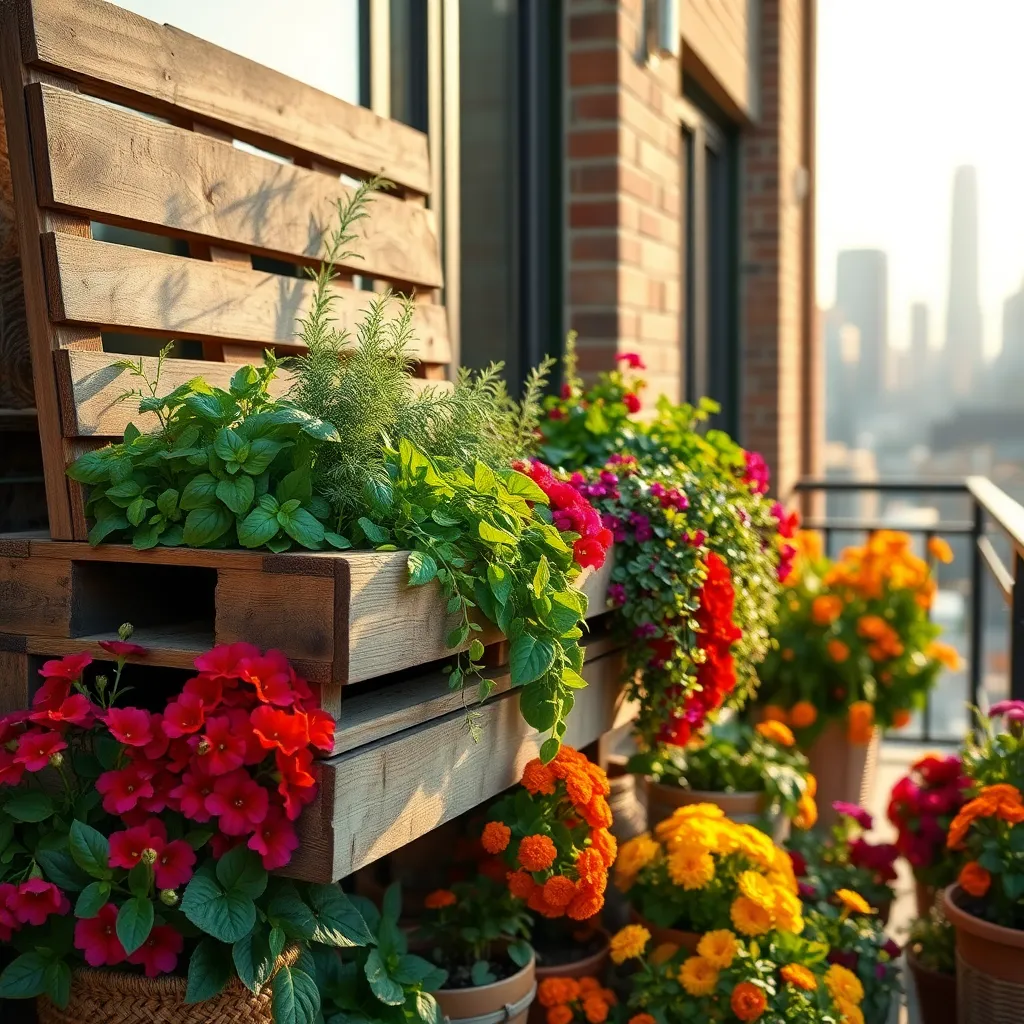
Transforming wooden pallets into vertical gardens offers a stylish solution for small spaces. Start by securing a pallet against a wall or fence to create a sturdy base for your plants.
Fill the pallet with a well-draining potting mix to ensure optimal plant health. Choose plants that thrive in limited soil spaces, such as herbs, succulents, or small flowering plants like petunias.
Consider using geotextile fabric to line the back and sides of the pallet, which helps retain soil while allowing excess water to drain. Water your pallet garden regularly, ensuring the soil remains moist but not waterlogged, as overwatering can lead to root rot.
For those looking to add a creative touch, paint or stain the pallet to match your outdoor decor. As your plants grow, rotate them for even sunlight exposure, or move the pallet to a sunnier location if possible.
Maximize Balcony Rail Space
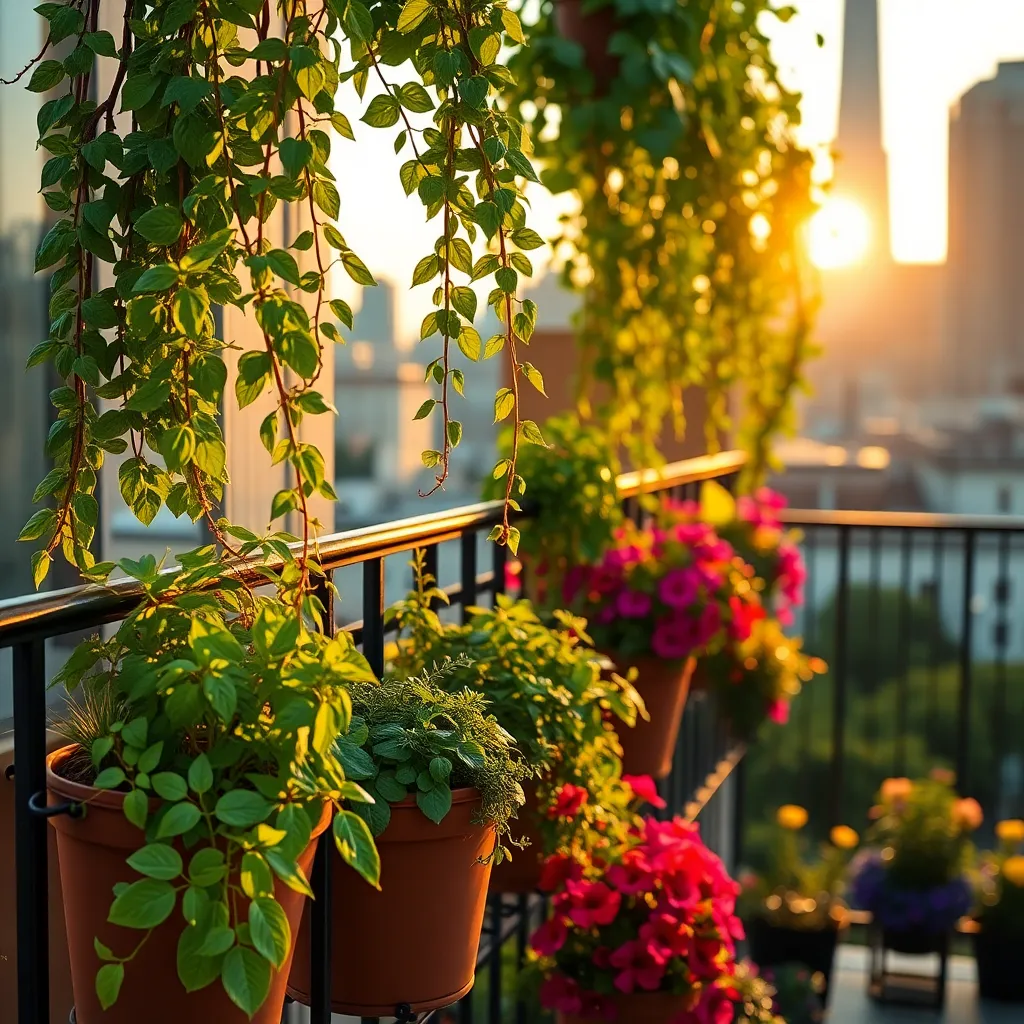
Utilizing your balcony rail space effectively can transform your small outdoor area into a lush oasis. Consider installing rail planters that securely attach to the top rail, providing ample room for your favorite plants without taking up floor space.
When choosing plants for your rail planters, opt for varieties that thrive in full sun to partial shade, such as herbs, succulents, or trailing flowers like petunias. These plants not only add vibrant colors but also benefit from the increased sunlight exposure typically found on balcony edges.
Keep in mind that plants in rail planters may dry out faster due to elevated exposure to the elements. It’s important to use high-quality potting soil that retains moisture and to establish a regular watering schedule, especially during hot, dry spells.
For more advanced gardeners, consider incorporating a drip irrigation system to maintain consistent moisture levels. This system can be easily set up with a timer to ensure your plants receive the right amount of water without the hassle of daily monitoring.
Implement Smart Container Arrangements
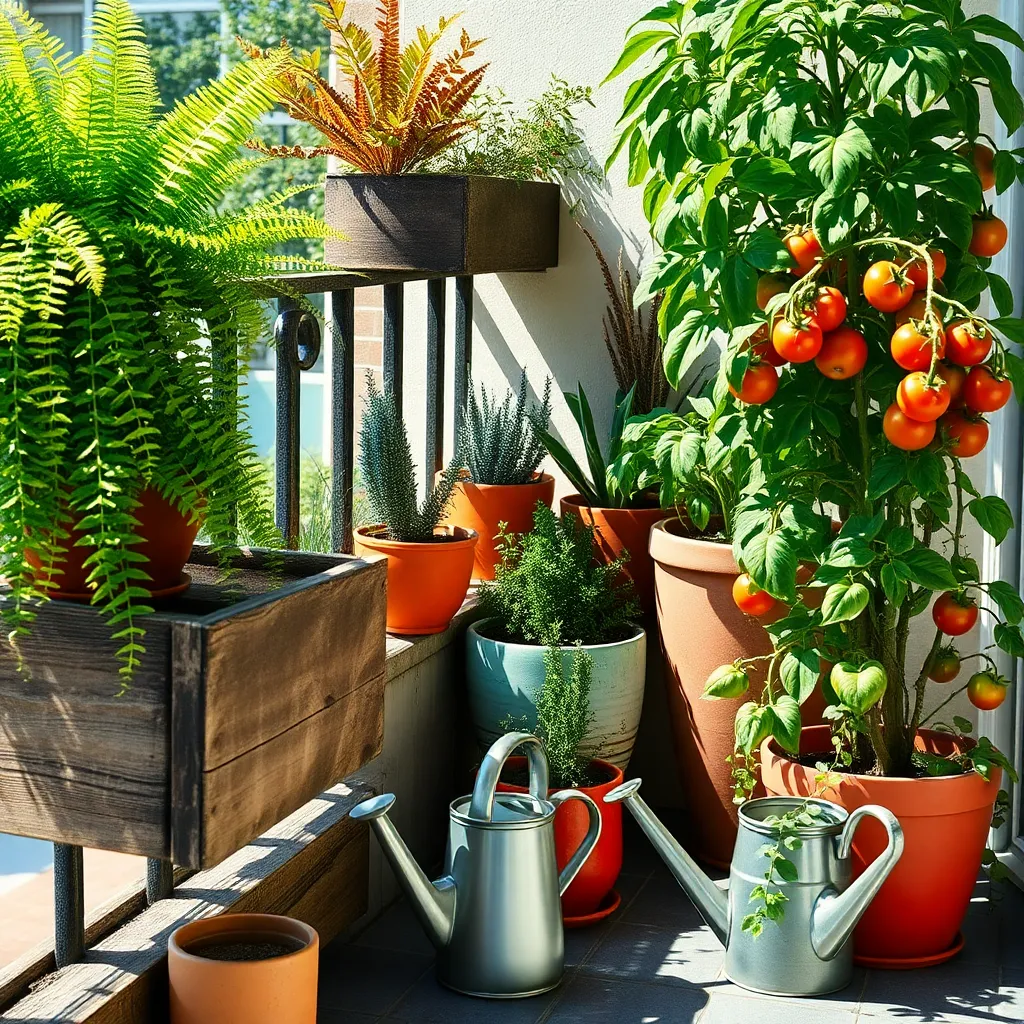
Smart container arrangements can transform even the smallest spaces into lush gardens. Consider using vertical tiered planters to stack your containers, maximizing ground space while adding depth to your garden design.
Begin by selecting containers of varying sizes and heights to create visual interest. Choose lightweight materials like plastic or fiberglass for easy rearrangement and ensure they have adequate drainage holes to prevent waterlogging.
For a thriving container garden, it’s essential to use the right soil mix. Opt for a high-quality potting soil with good drainage and consider mixing in perlite or vermiculite to improve aeration and moisture retention.
Watering is crucial in container gardens due to their limited soil volume, which dries out quickly. Aim to water your plants thoroughly until water runs out of the drainage holes, and check moisture levels daily, especially during hot weather.
Conclusion: Growing Success with These Plants
In exploring ’10 Creative Garden Ideas for Limited Spaces,’ we’ve delved into key relationship concepts such as cultivating patience, nurturing growth, embracing creativity, making room for individuality, prioritizing quality time, fostering communication, adapting to change, celebrating small wins, appreciating diverse contributions, and building a supportive environment. These principles, much like tending a garden, require attention and care, but they yield a flourishing relationship life.
As an immediate next step, why not choose one concept to focus on today? Whether it’s planning a small space garden together or implementing a weekly check-in to nurture your connection, small actions can lead to significant growth.
Remember, relationships thrive when we consciously invest in them. Bookmark this article as a handy guide to revisit these creative concepts whenever you need inspiration or a gentle reminder to tend to your relationship garden.
Looking ahead, know that success in relationships is an ever-evolving journey, enriched by the seeds of creativity and care you sow today. By embracing these ideas, you’re on a path to cultivate a vibrant, enduring love. Keep this article close as your trusted ally in nurturing a flourishing relationship landscape.

